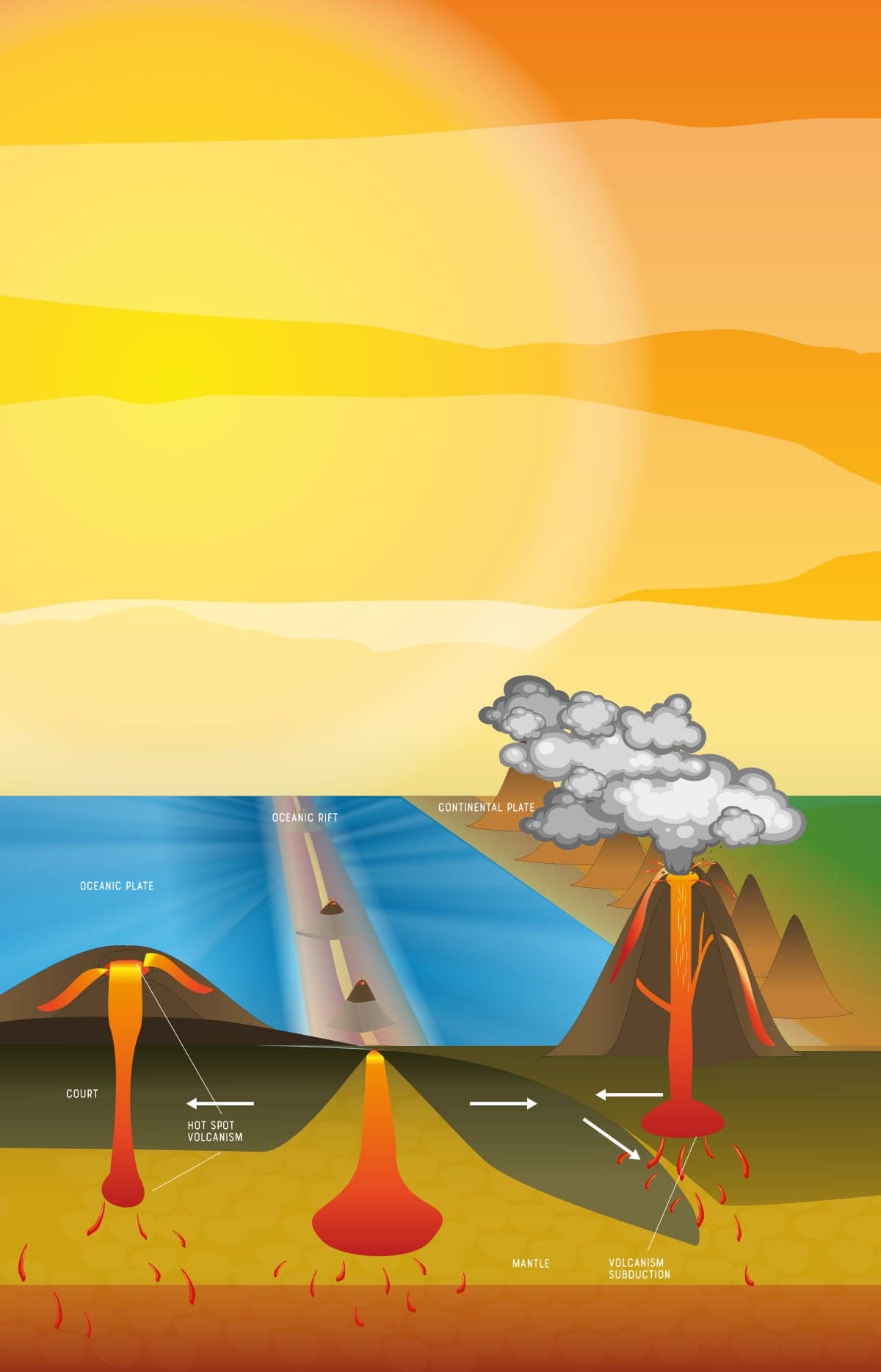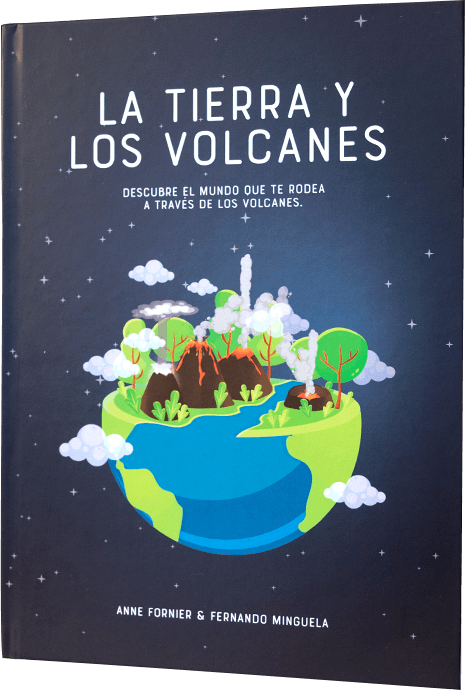
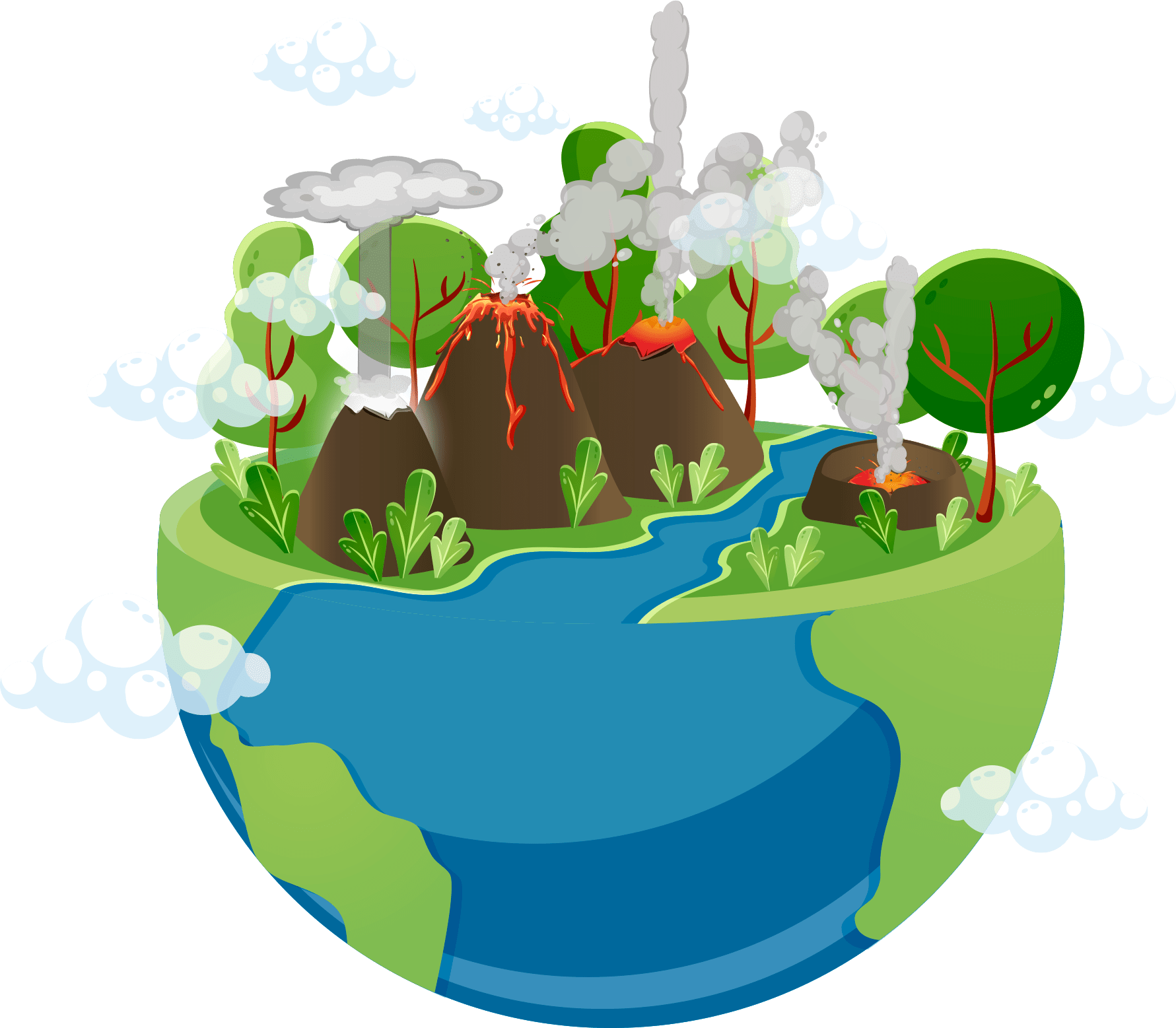
EARTH AND VOLCANOES
Discover the world around you through volcanoes
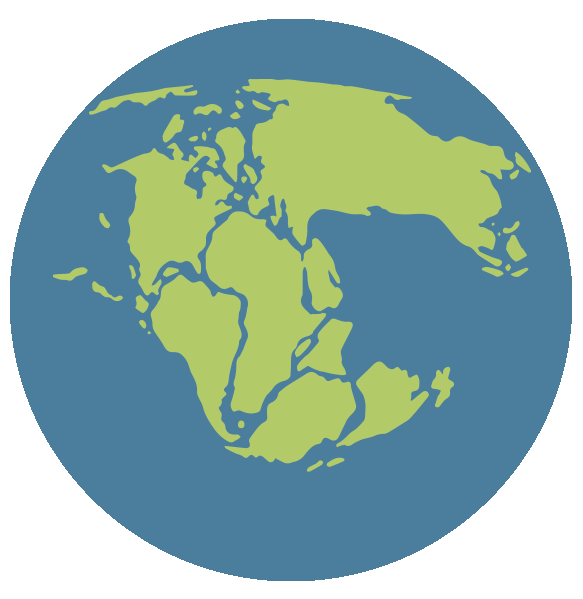
The Earth we know today
was very different.
Only a supercontinent existed:
PANGEA
that slowly split into
the continents where we live.
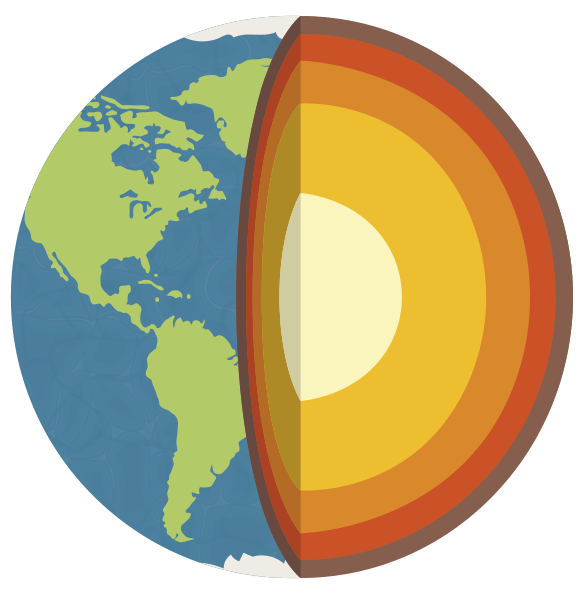
THE CENTER
OF EARTH
THE CENTER OF EARTH IS SOLID.
PRESSURE AND TEMPERATURE ARE
SO HIGH THAT FUSION IS IMPOSSIBLE.
PARTIAL MELTING OCCURS ABOUT
100 KILOMETERS BELOW OUR FEET,
IN THE UPPER MANTLE: THIS IS
HOW MAGMA IS CREATED.
INTERNAL CORE
EXTERNAL CORE
mantle
TOP mantle
crust
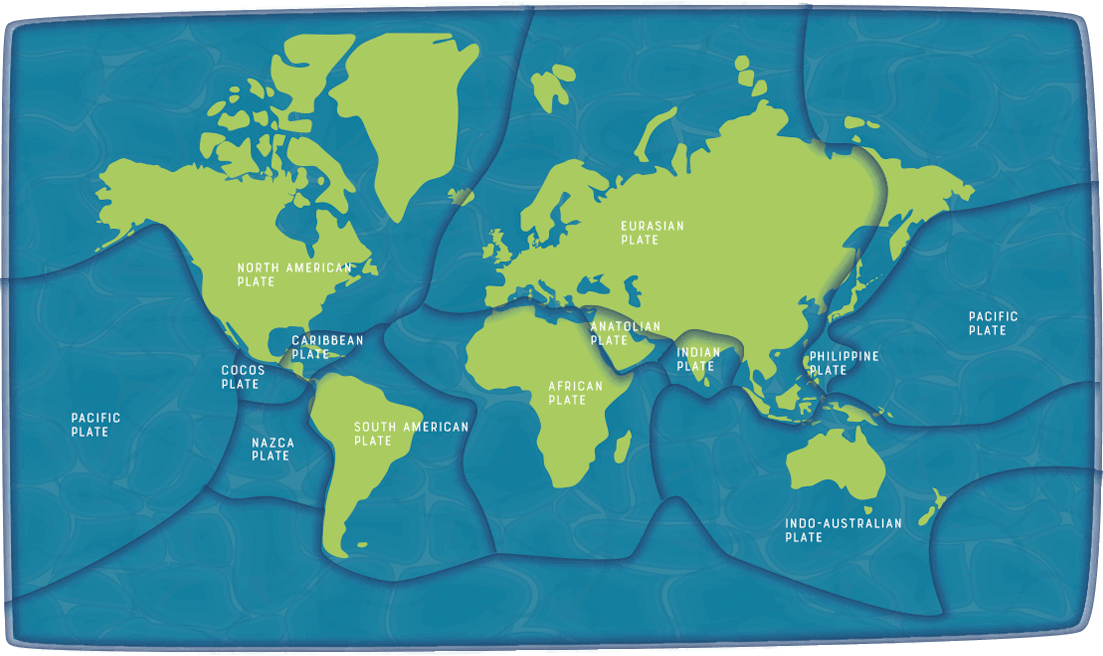
TECTONIC PLATES
The Earth is like a giant puzzle because
the outer crust is divided by tectonic plates.
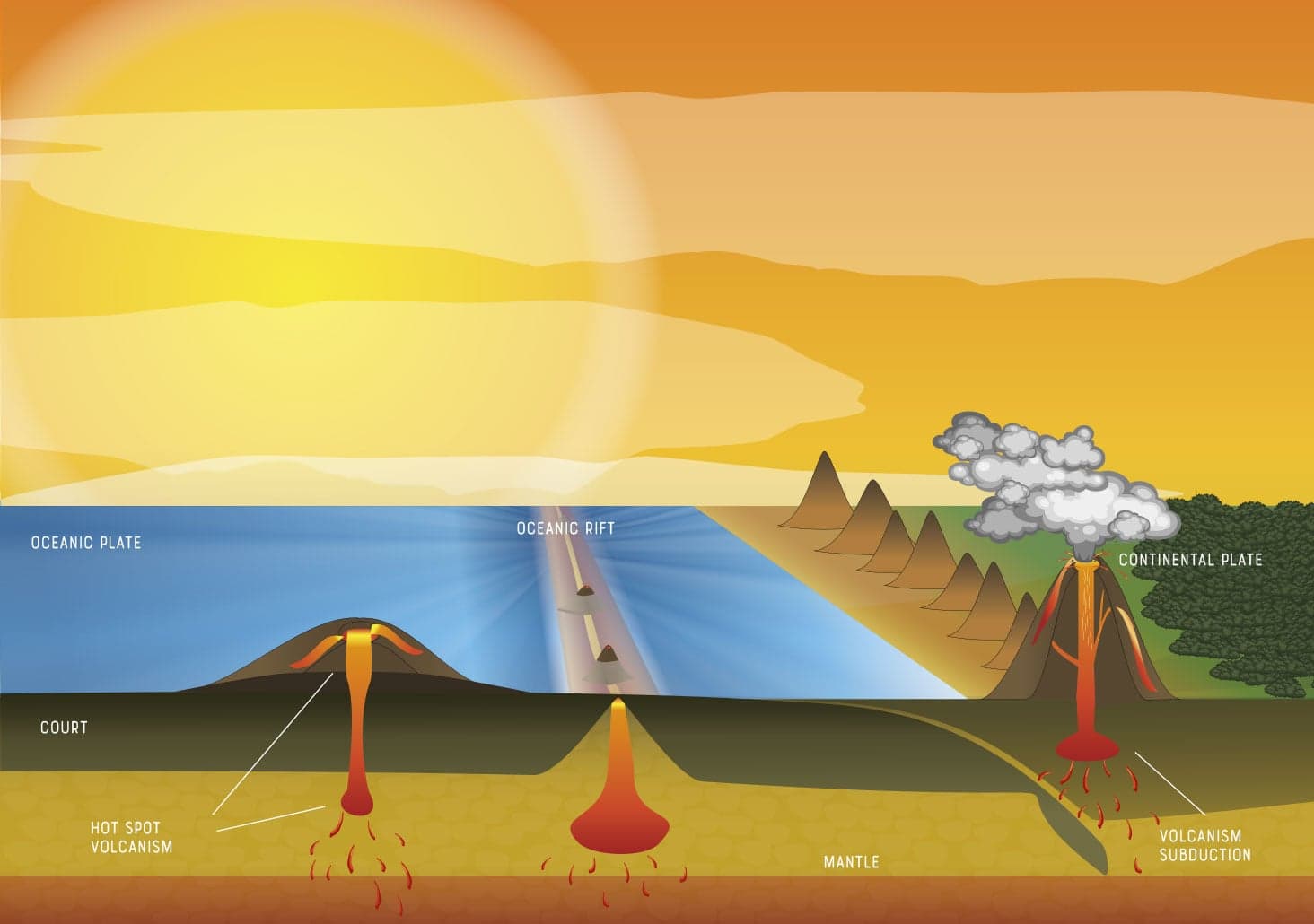
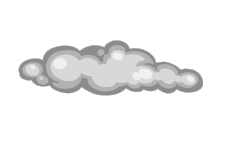
Where does the magma come from?
MAGMA IS A COMPLEX MIXTURE OF MOLTEN ROCKY MATERIAL CONTAINING GASES, WATER AND DISPERSED SOLIDS AND MINERALS. BECAUSE IT IS FLUID, IT RISES TO
THE SURFACE THROUGH THE CHIMNEY OF VOLCANOESAND THE CRACKS OF TECTONIC PLATES.

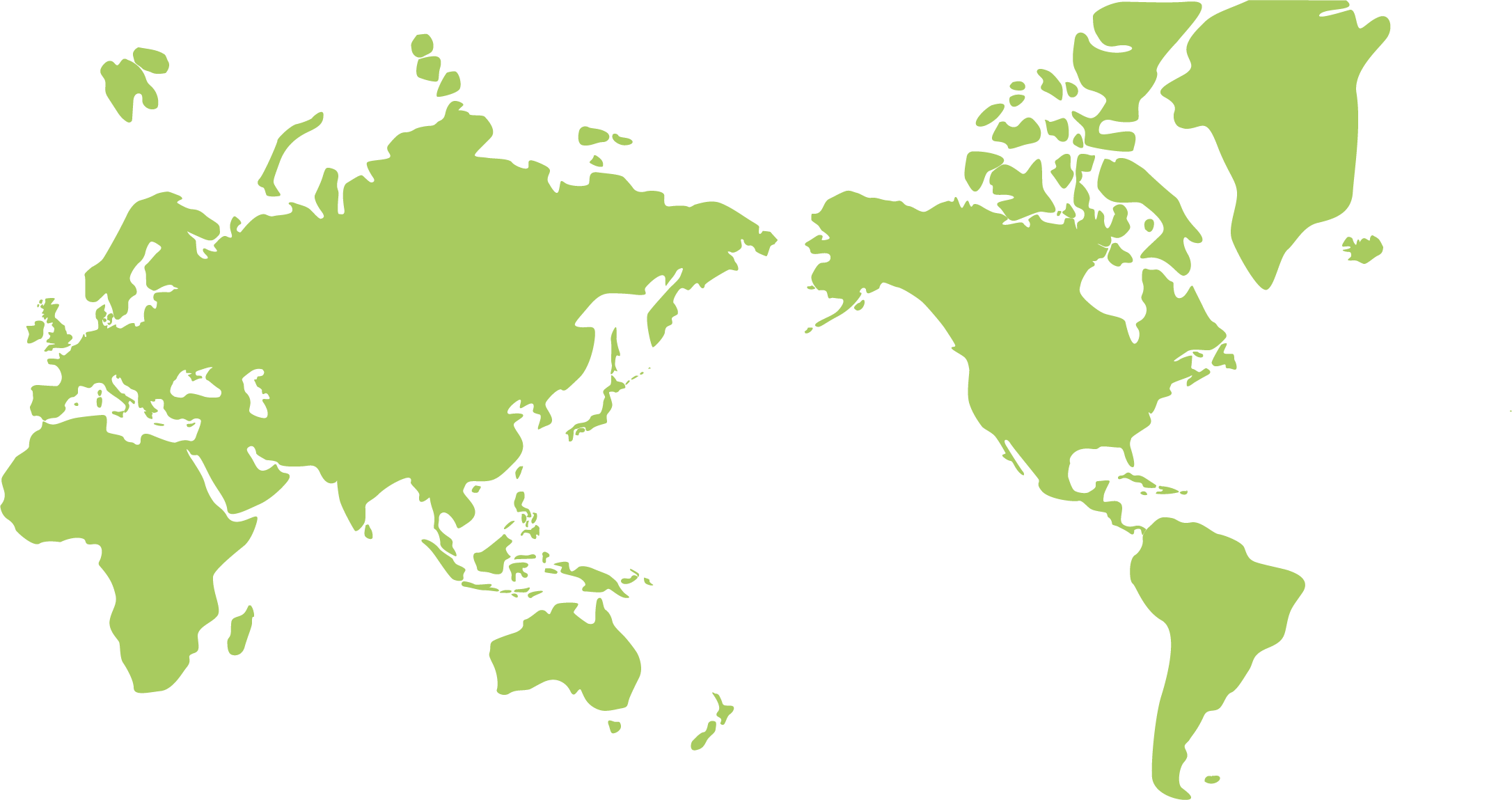
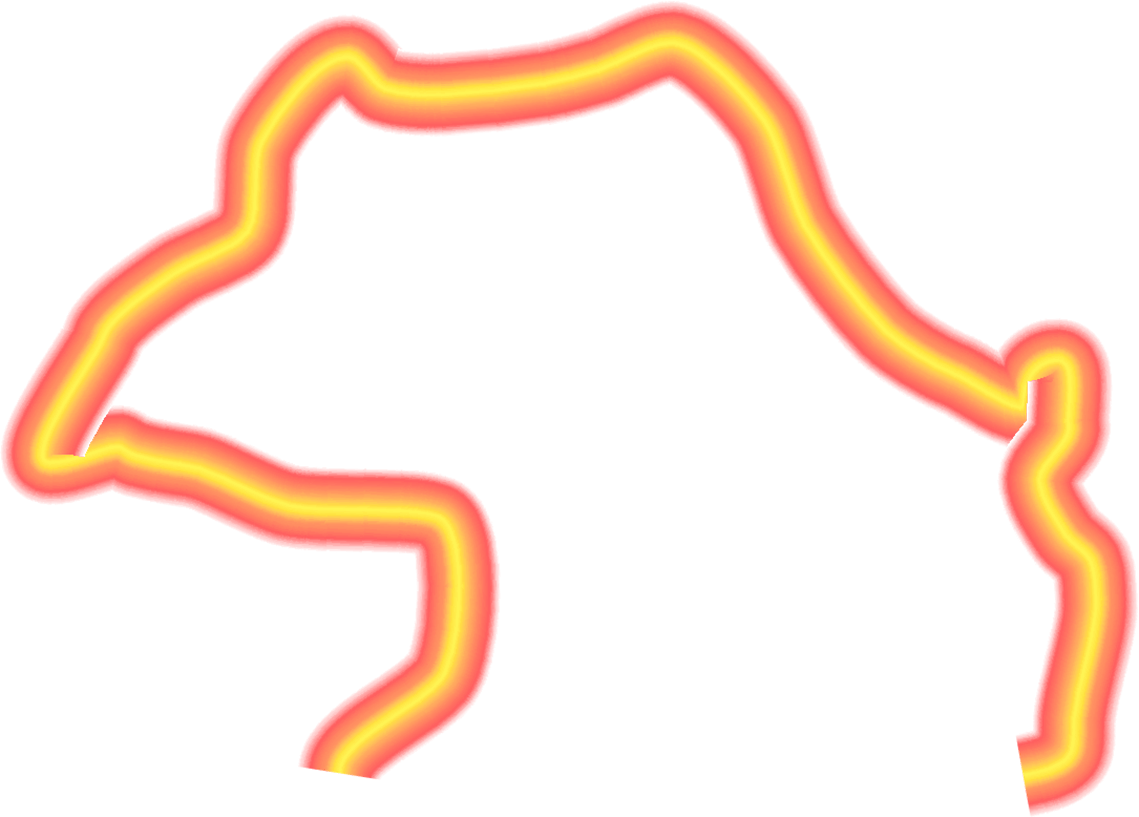
🌋
🌋
🌋
🌋
🌋
🌋
🌋
🌋
🌋
🌋
🌋
🌋
🌋
🌋
🌋
🌋
🌋
🌋
🌋
🌋
🌋
🌋
🌋
🌋
🌋
🌋
🌋
🌋
🌋
🌋
🌋
🌋
🌋
🌋
🌋
🌋
THE RING
OF FIRE
The Pacific tectonic plate is one
of the largest. In continuous expansion,
it meets the North American, Eurasian,
and smaller plates.
About 75% of active and inactive
volcanoes are located along the
boundary of this plate known as the
Pacific Ring of Fire.
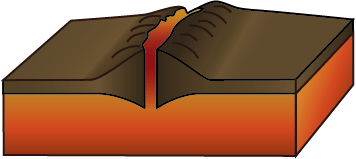
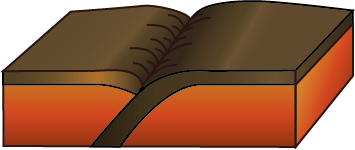
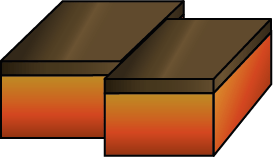
TECTONIC
PLATE MOVEMENTS
The tectonic plates move between
5 and 7 centimeters each year.
They can collide with each other,
join or separate.

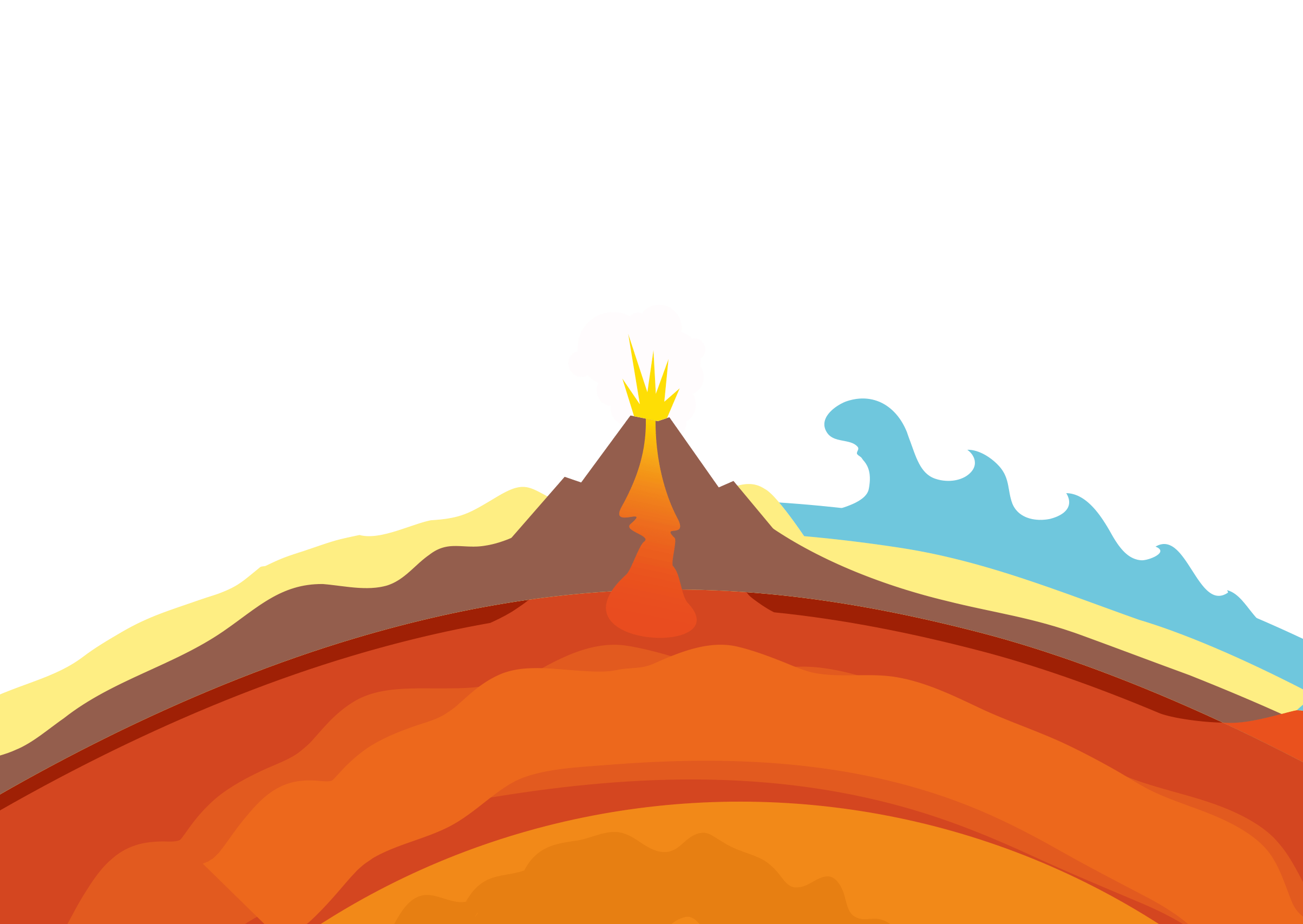

LAVA
MAGMA
It is the molten rock
that reaches the surface
and continues to flow
as if it were a liquid.
It is the melted rock
with gases that is still
trapped underground.

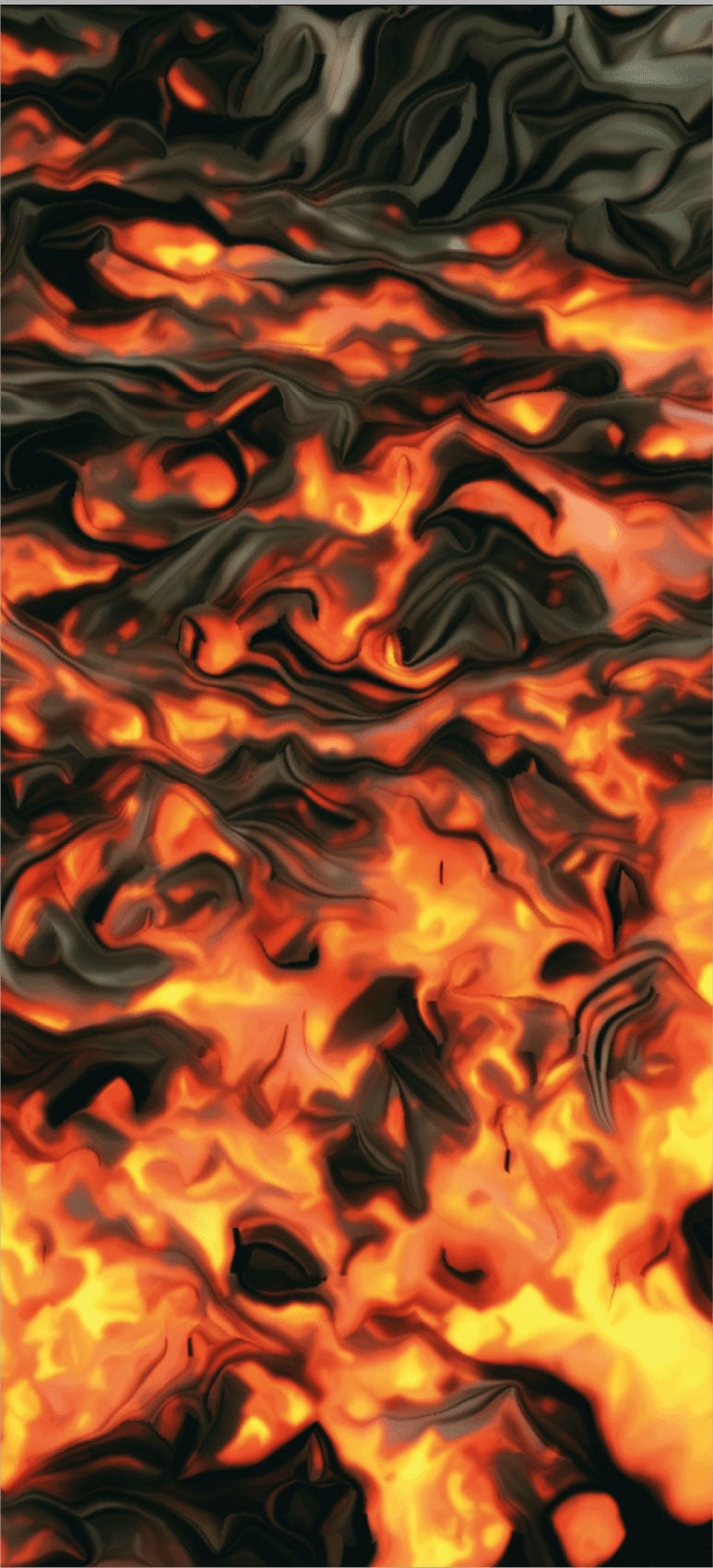
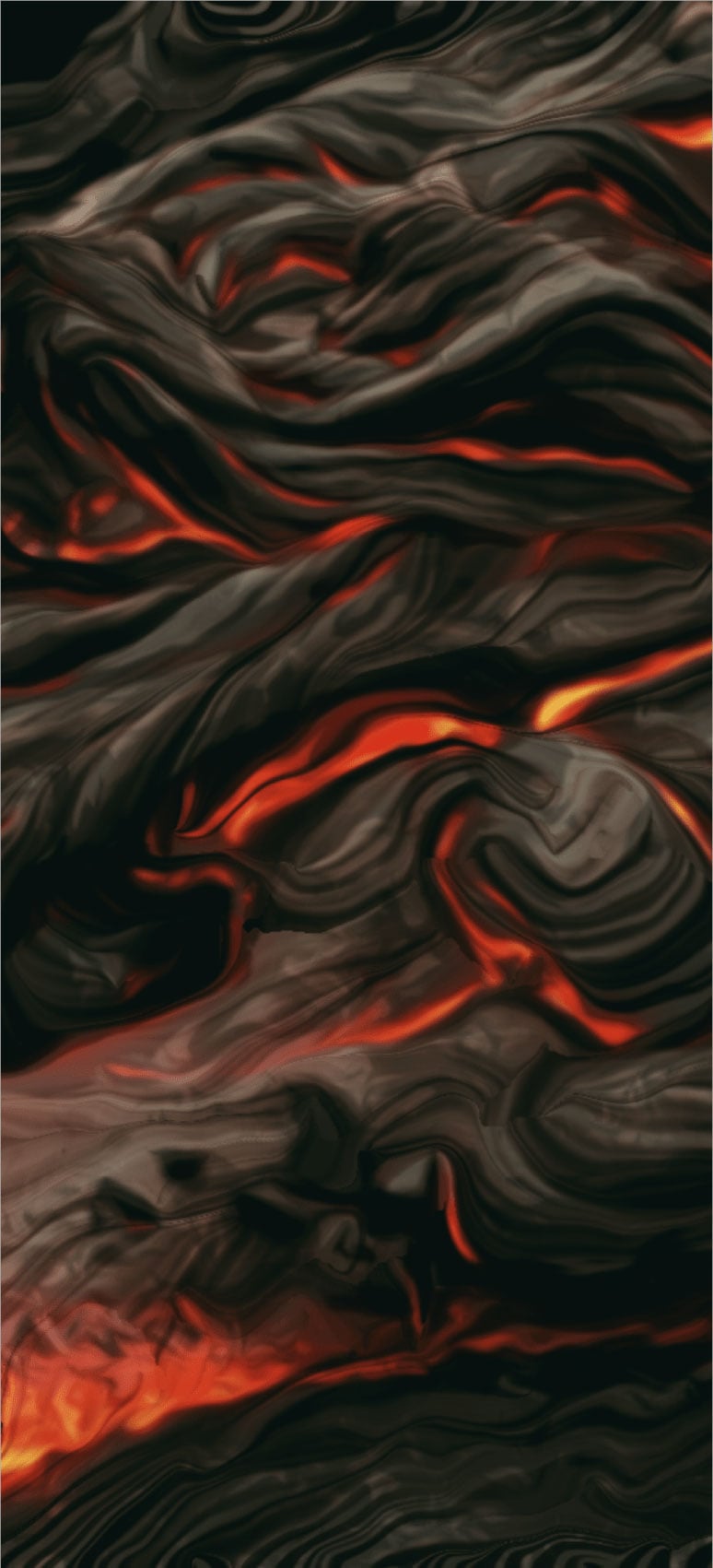
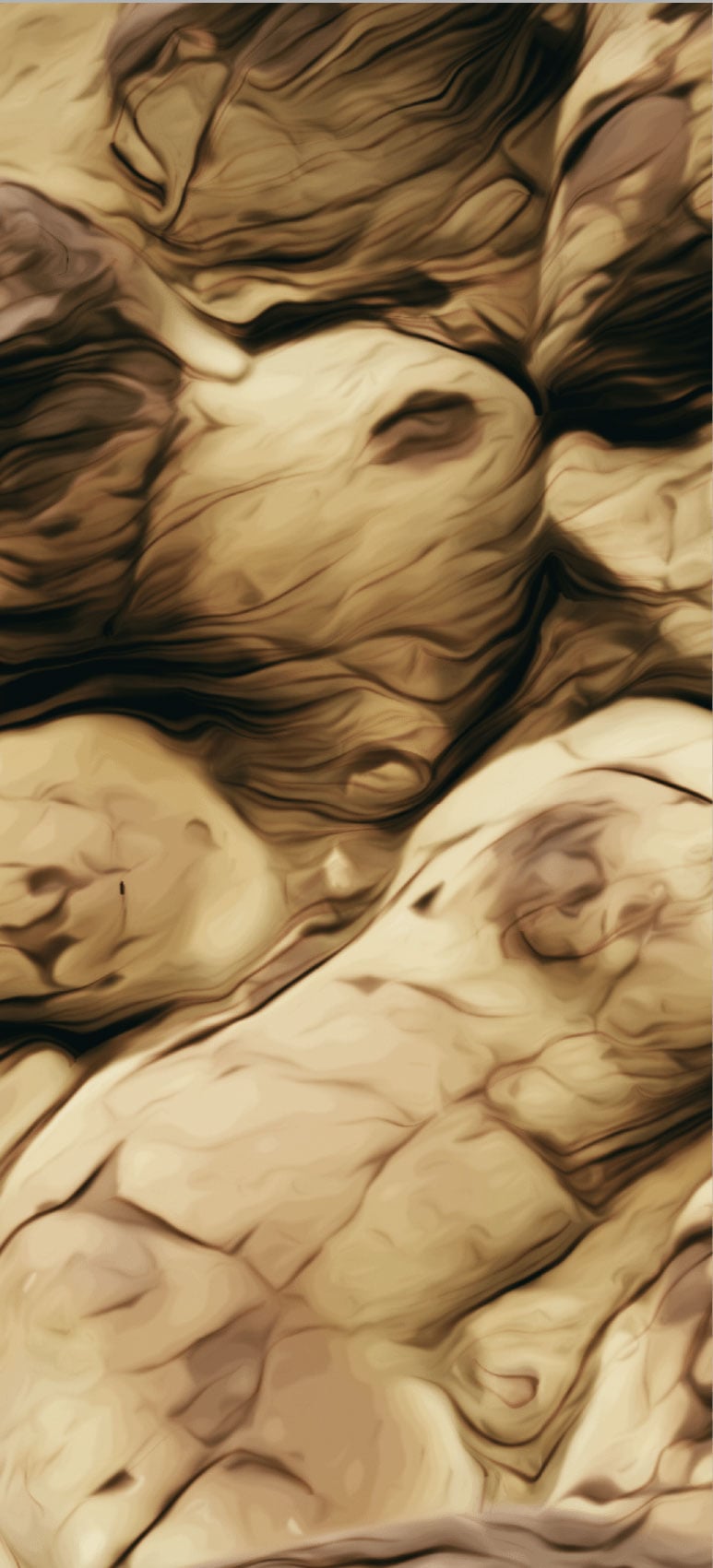



AA
Its peculiar name comes
from the Hawaiian and
means "stony with rough
lava." It refers to the noise
we would make if we
walked without shoes
on this lava.
"Ay, Ay!"
PAHOEHOE
Its name, which also comes from Hawaiian,
means "soft undulation".
PILLOW LAVA
Pillow lavas are lava tails that
have solidified under water.
TYPES OF LAVA

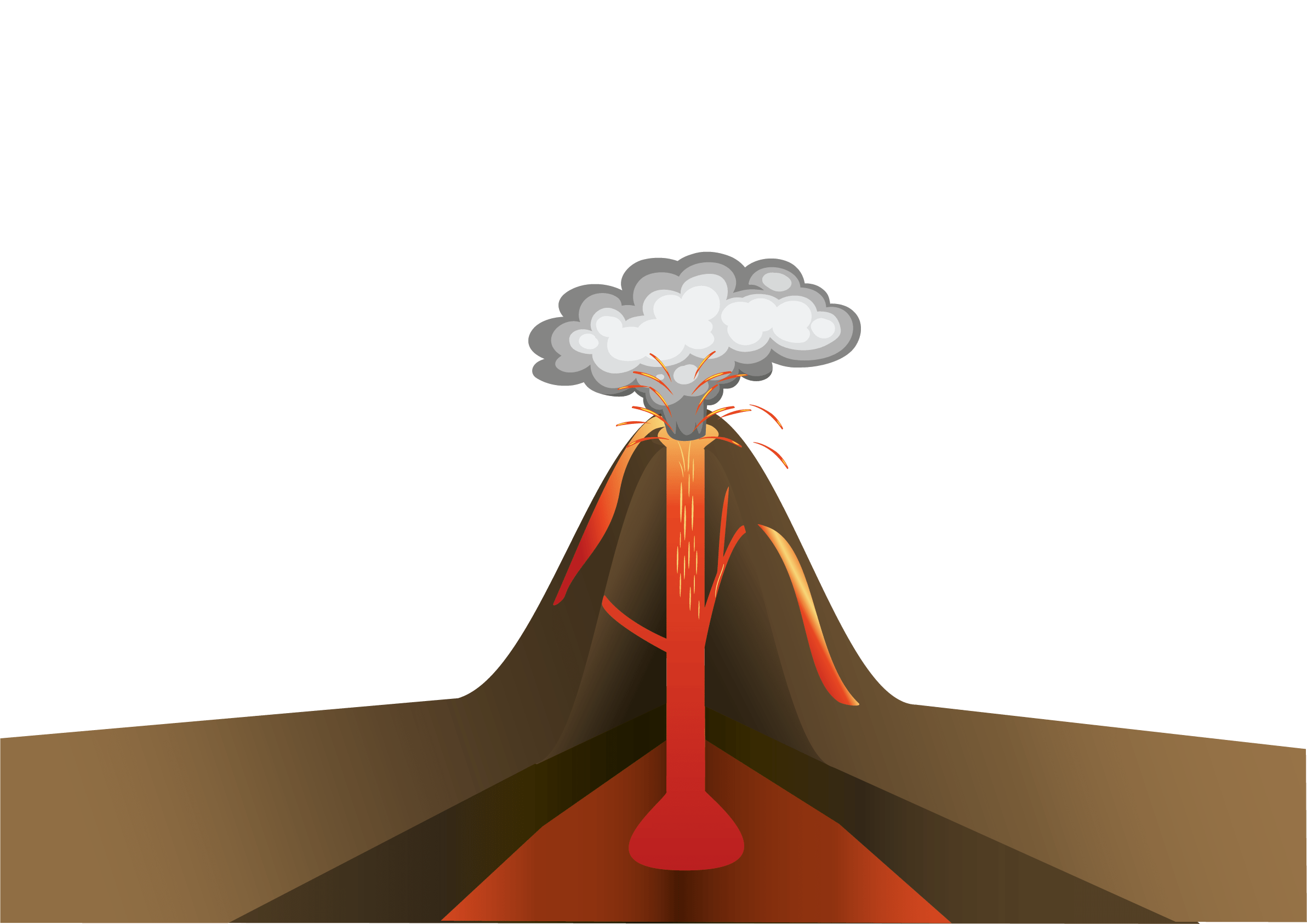
CHIMNEY
Pipeline for which
materials from the interior
of the Earth are put.
VOLCANIC CONE
It is what shapes the structure,
usually formed for many years
as a result of the deposit and
solidification on the surface.
We find it under
the volcano, and it is
where the magma accumulates..
MAGMA CAMERA
Cráter
Located at the top
and end of the chimney,
where lava, gases and
other materials are used.

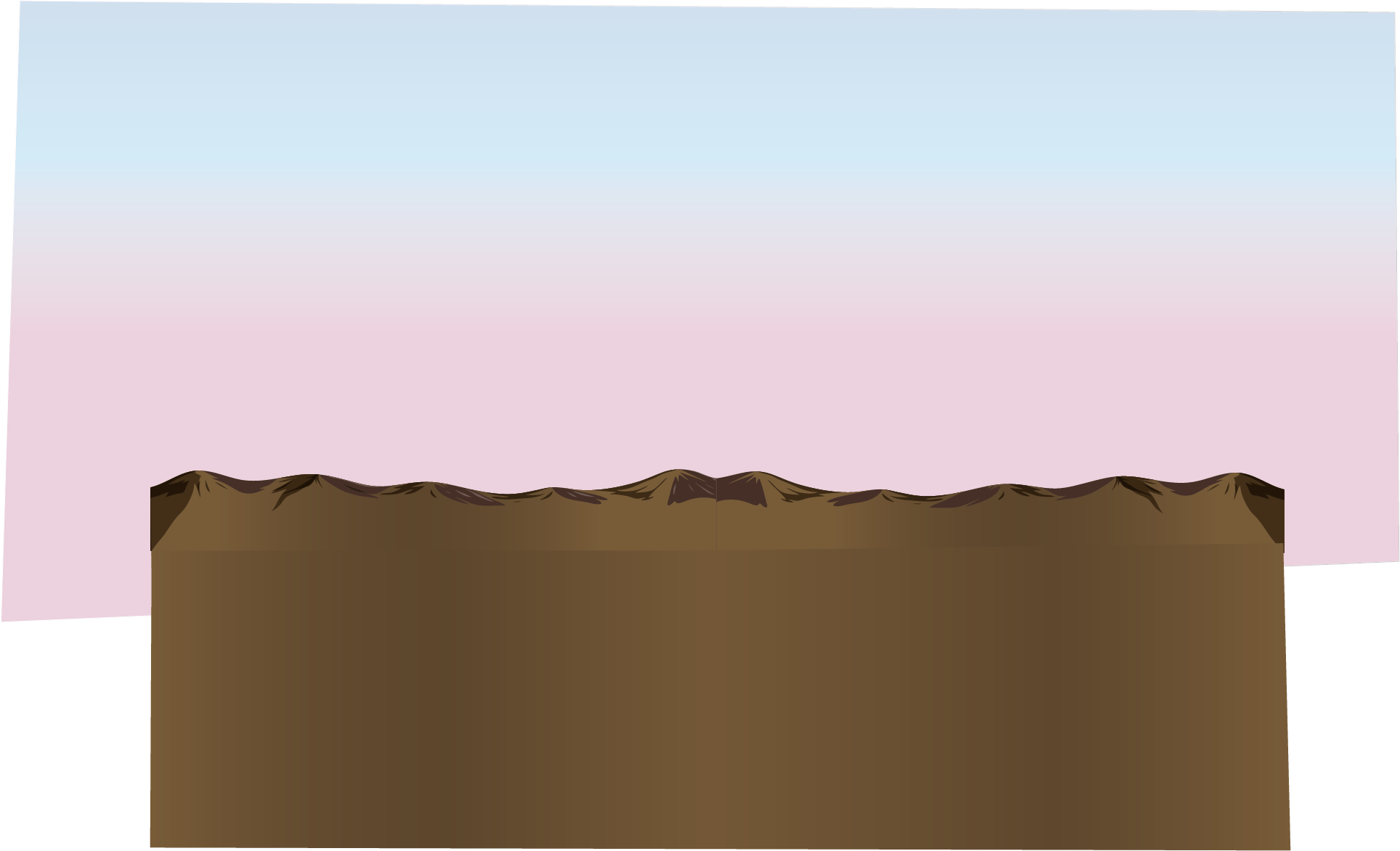

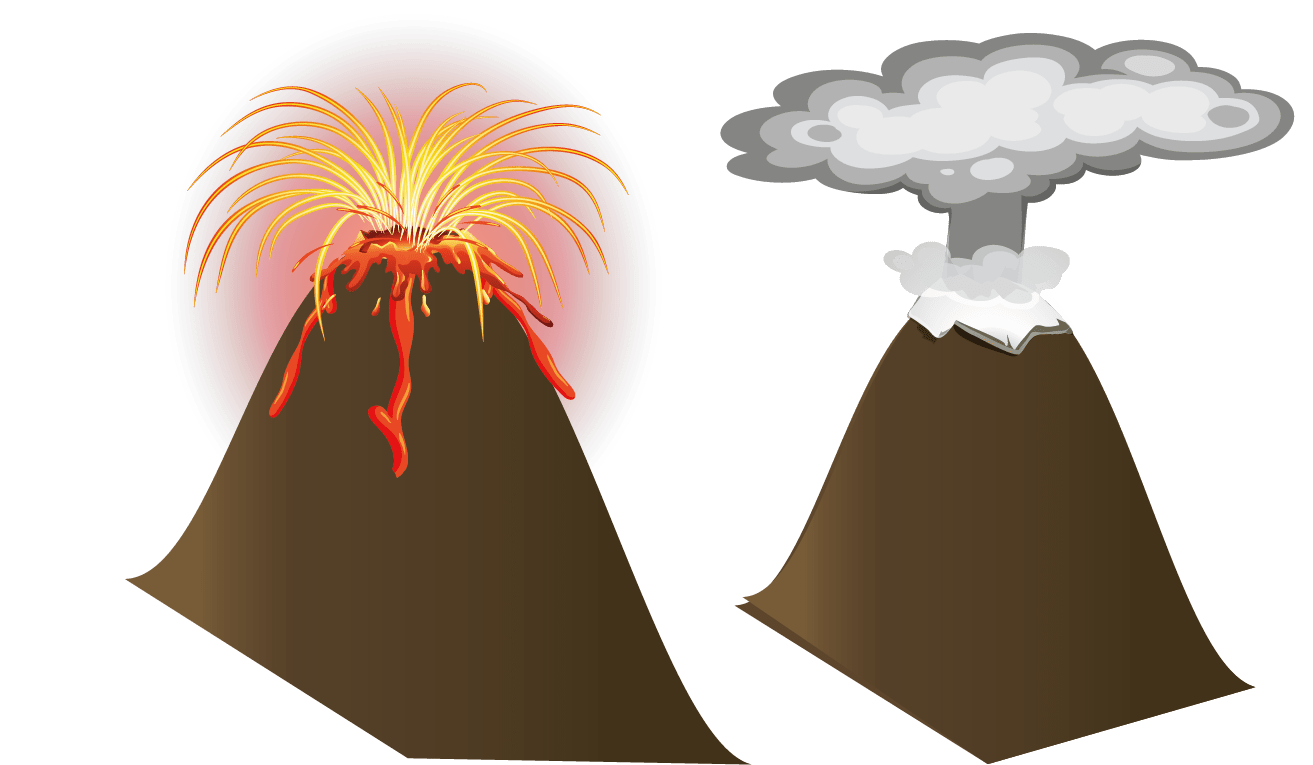

TYPES OF
VOLCANOES
Volcanoes are classified according to the type of eruption,
which depends on the composition of the magma and the way
in which the gas dissolved in it is released.
RED or
EFFUSIVE:
Less gas,
more fluid lava.
GRAY or
EXPLOSIVE:
More gas and
VISCOSA lava.


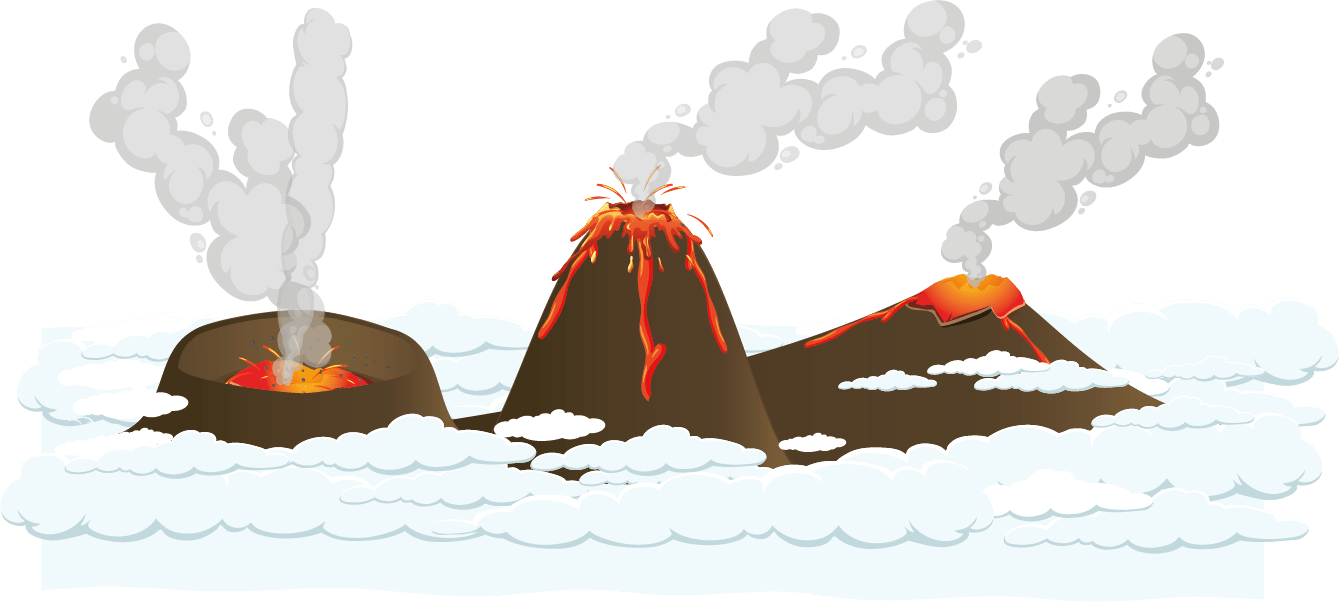
TYPES OF VOLCANOES By their shape
Volcanic caldera
Stratovolcano
or compound
SHIELD VOLCANO
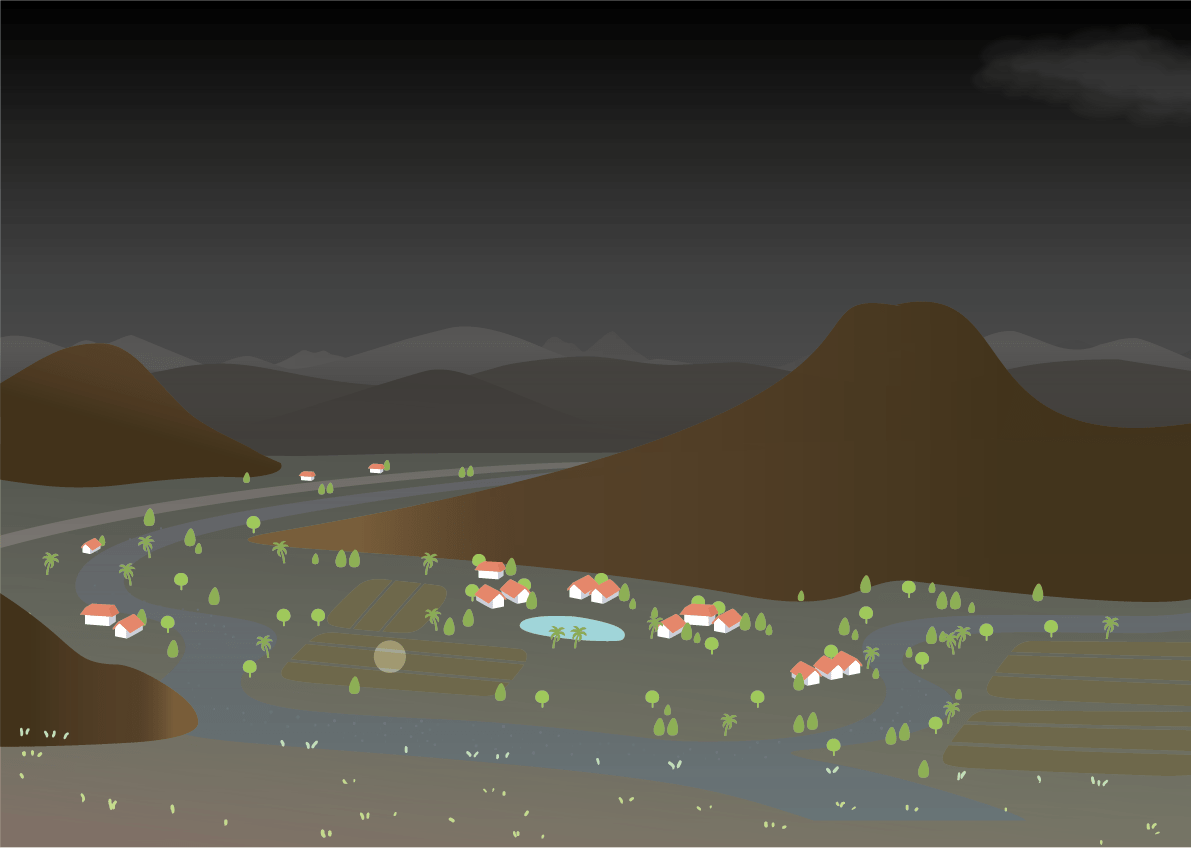
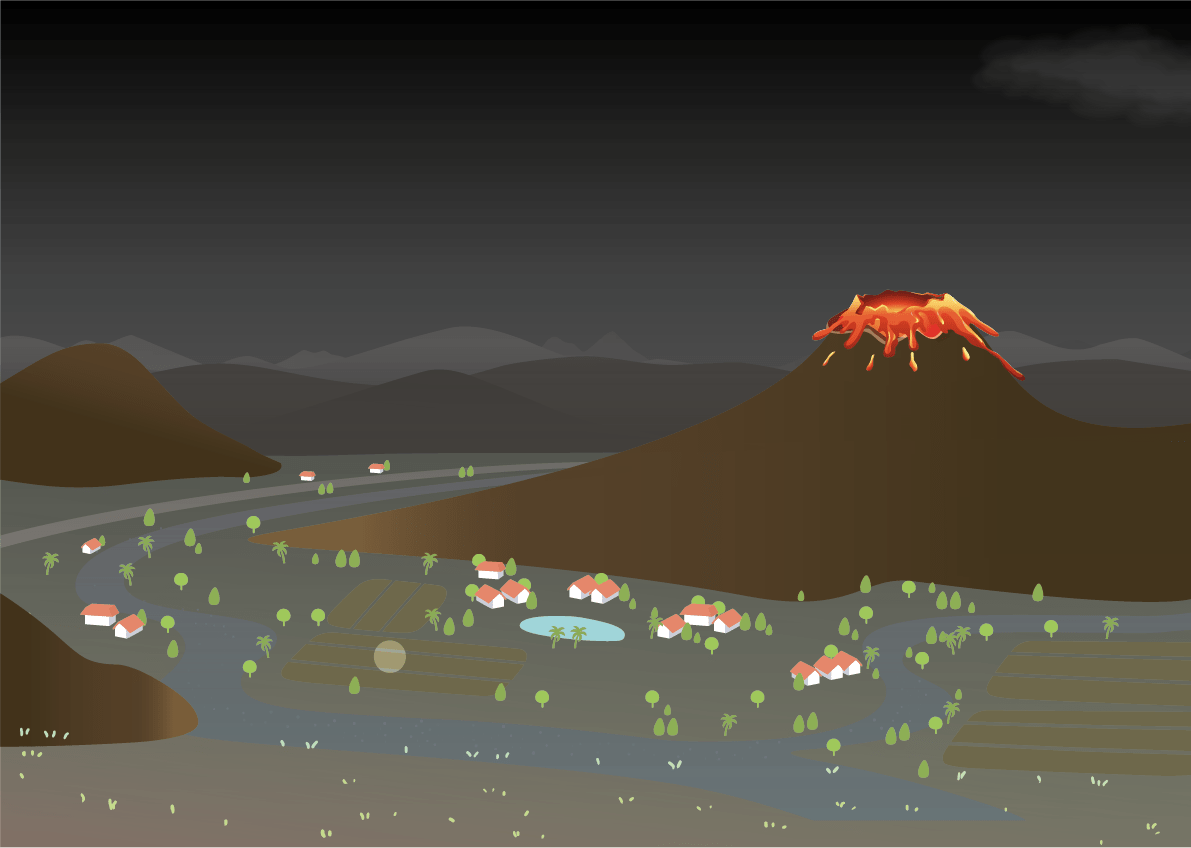
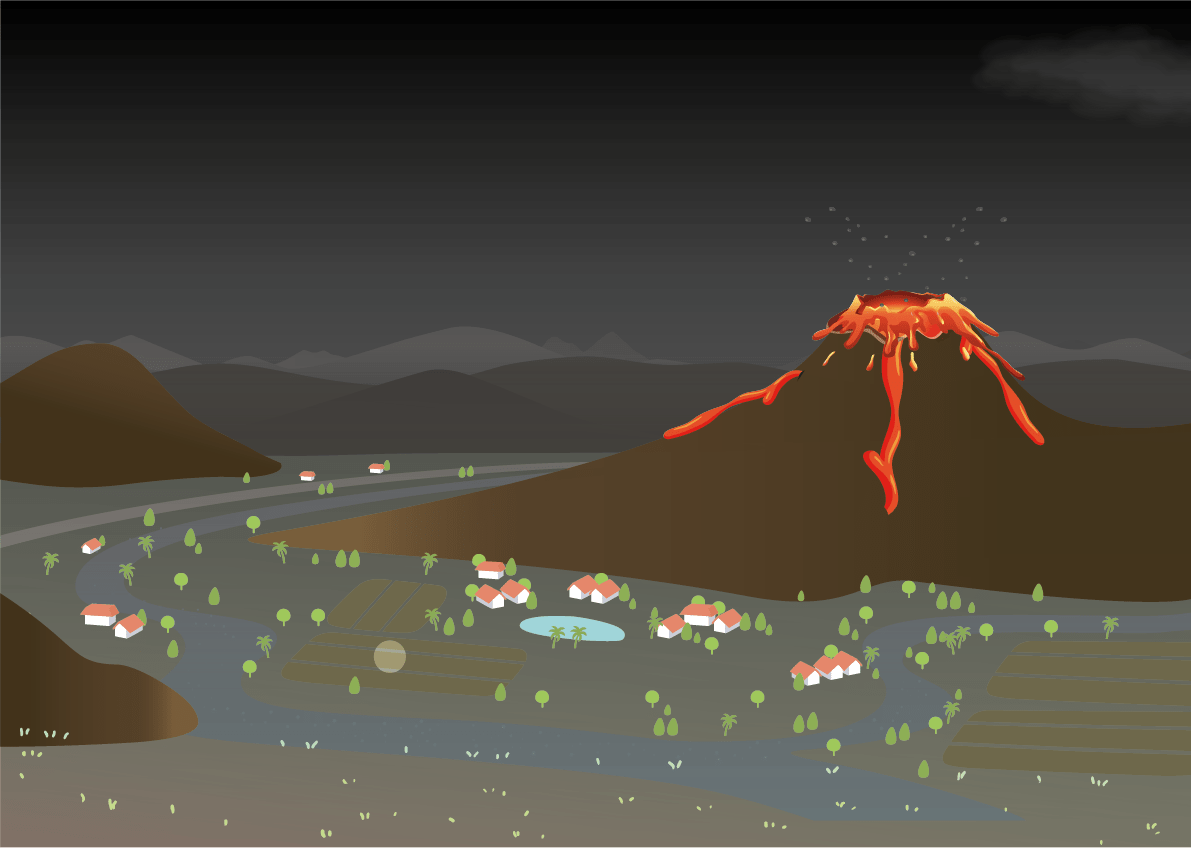
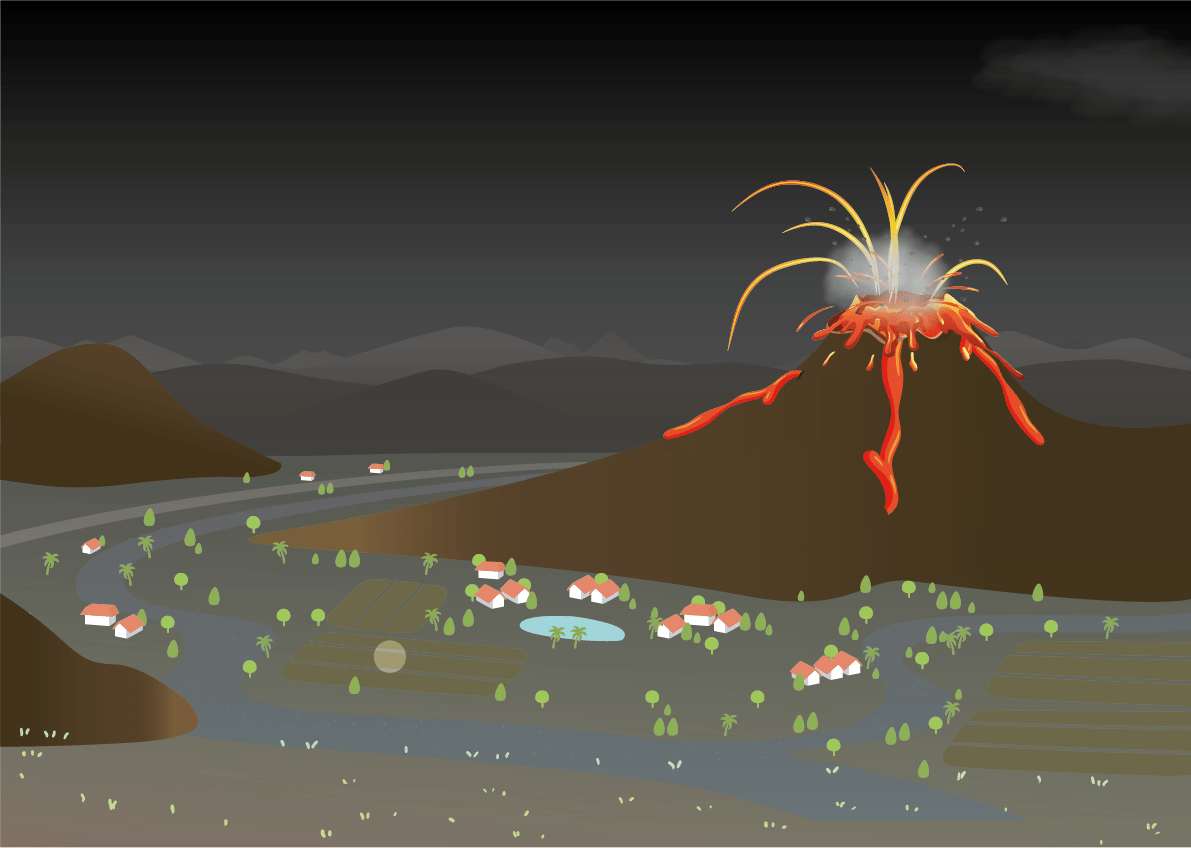
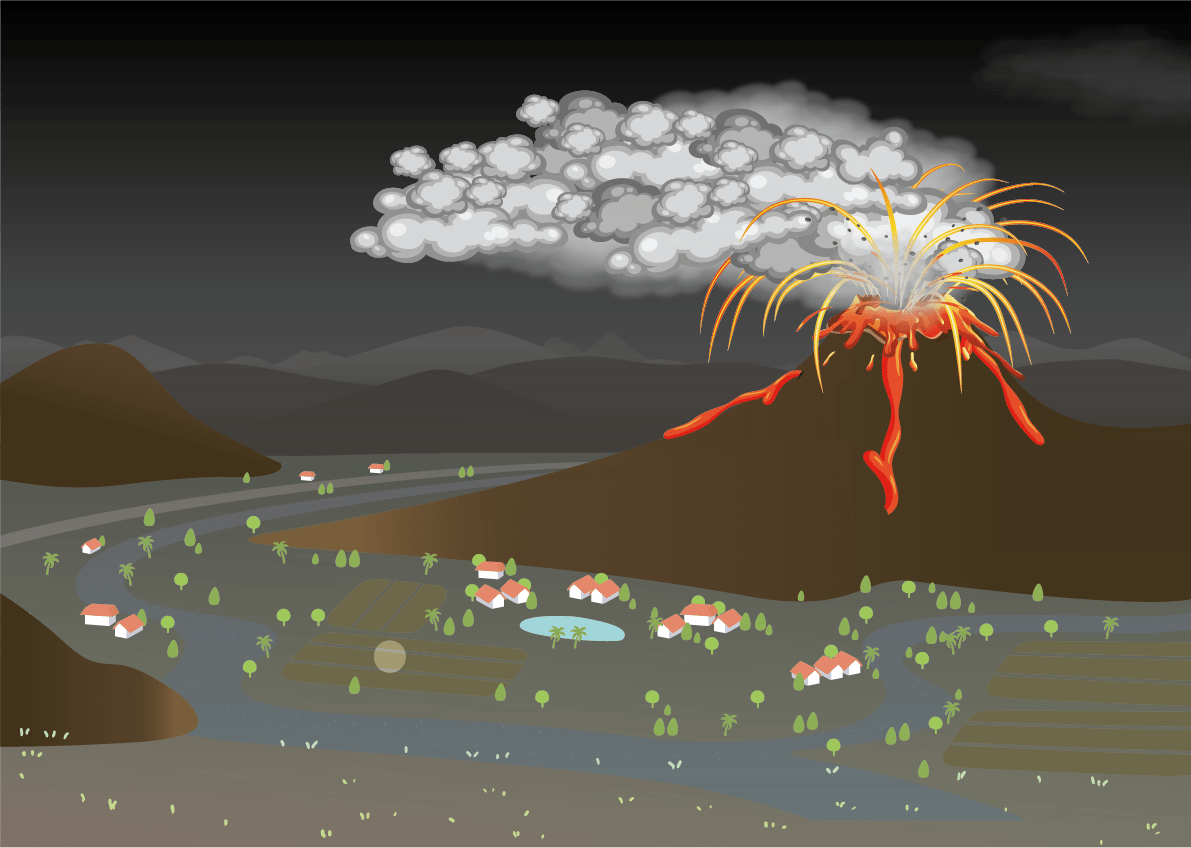
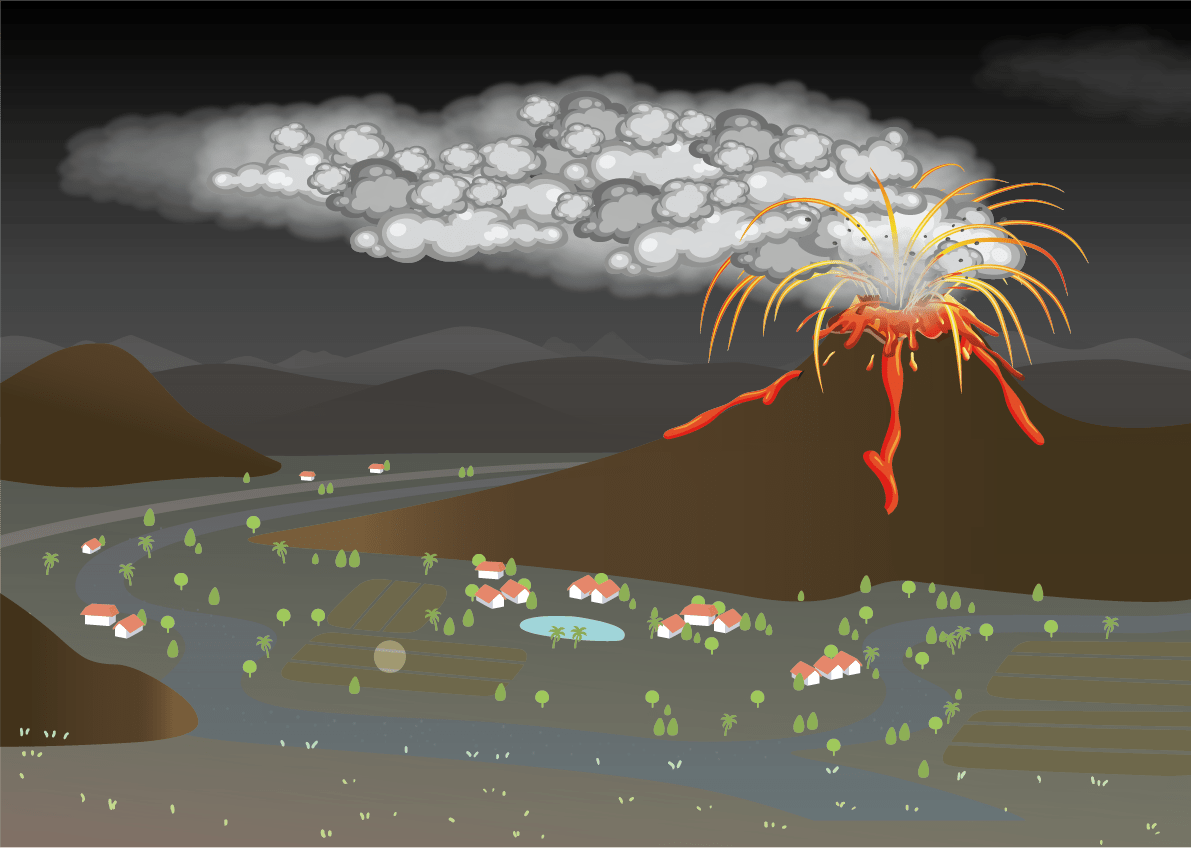
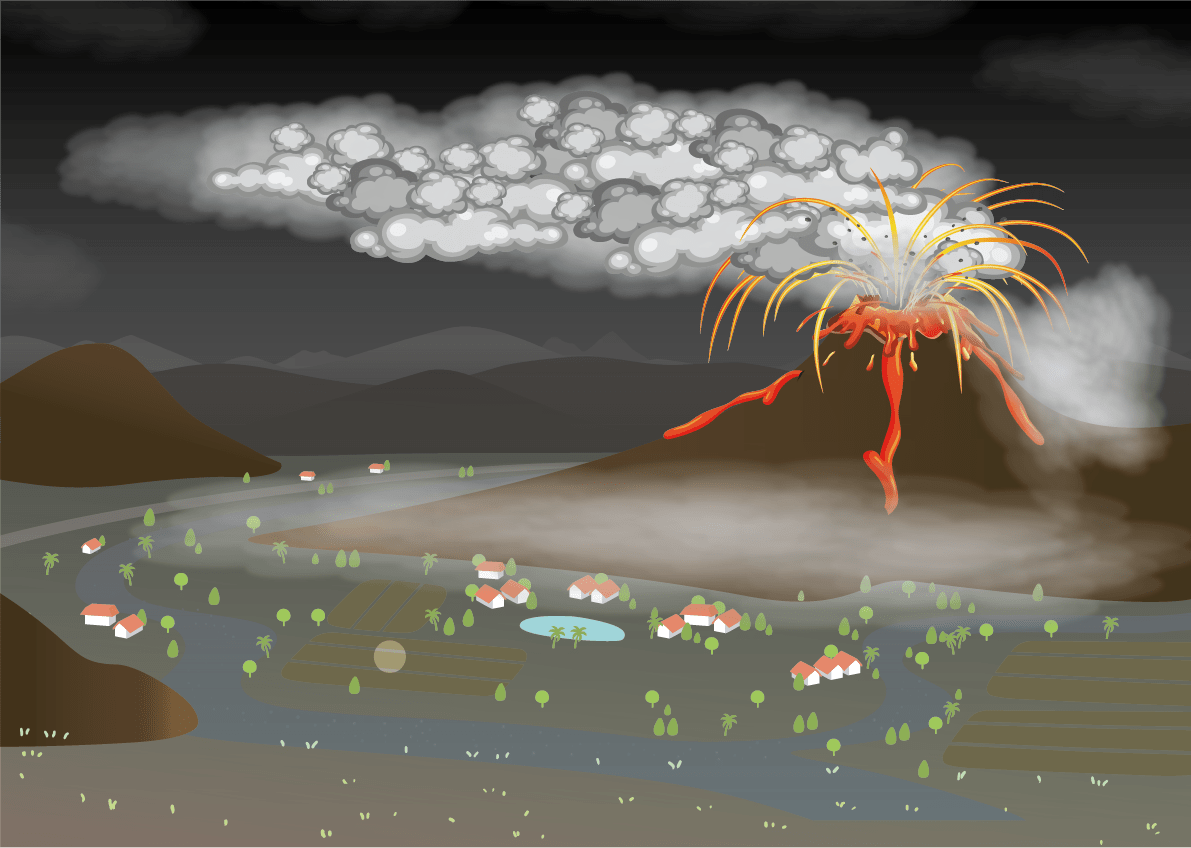
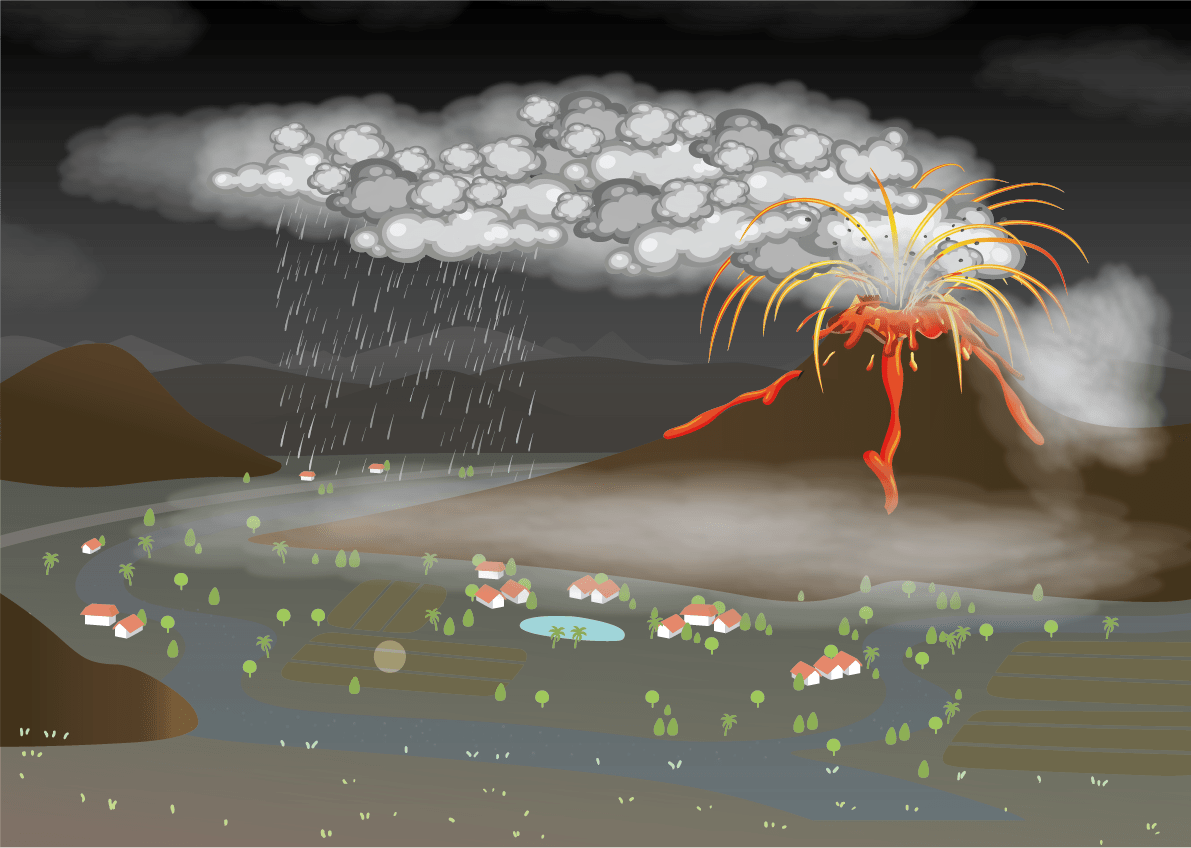
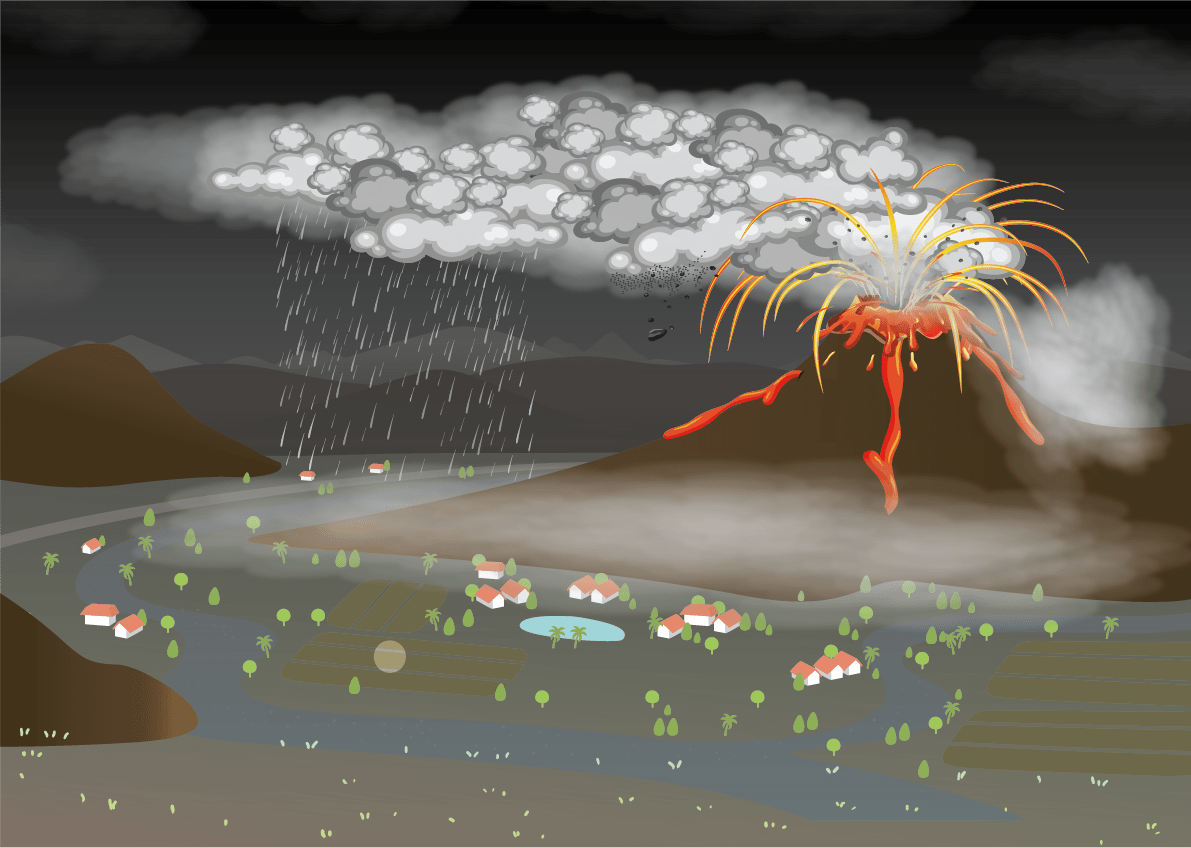
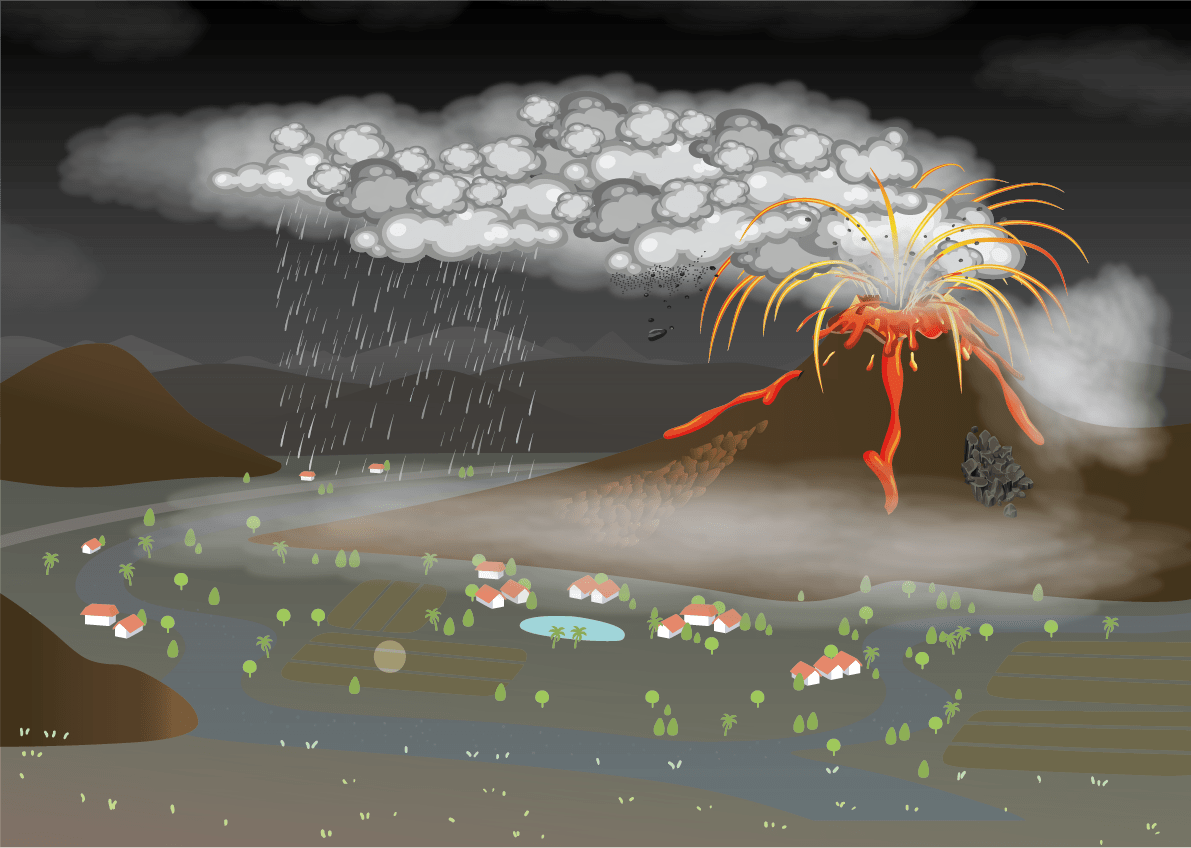
Toxious gases
Pyroclastic
Flows and
Waves
Acid rain
Ash
Volcanic Bomb
Lapil.li
RISK TYPES
Allaurs
Lahars
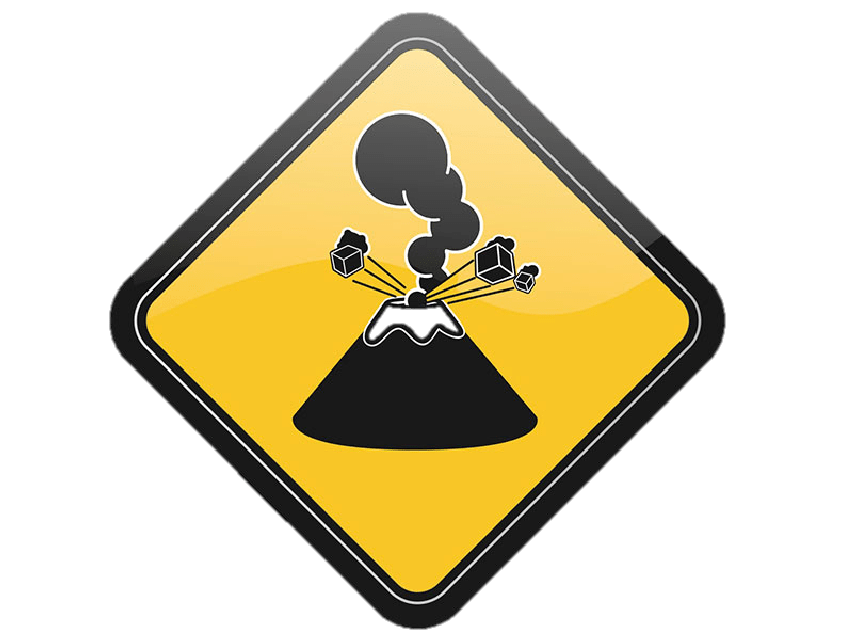
1500 active volcanoes
in the world!
Volcanoes are always active, but many years
may pass between eruptions. A volcano
is popularly thought to be extinct
if a long time has elapsed since its last eruption,
but it may reactivate in the future.







HOW DO YOU MONITOR VOLCANOES?
SATELLITES
GAS ANALYSIS
INCLOMETERS
SEISMOMETERS
EXTENSOMETERS
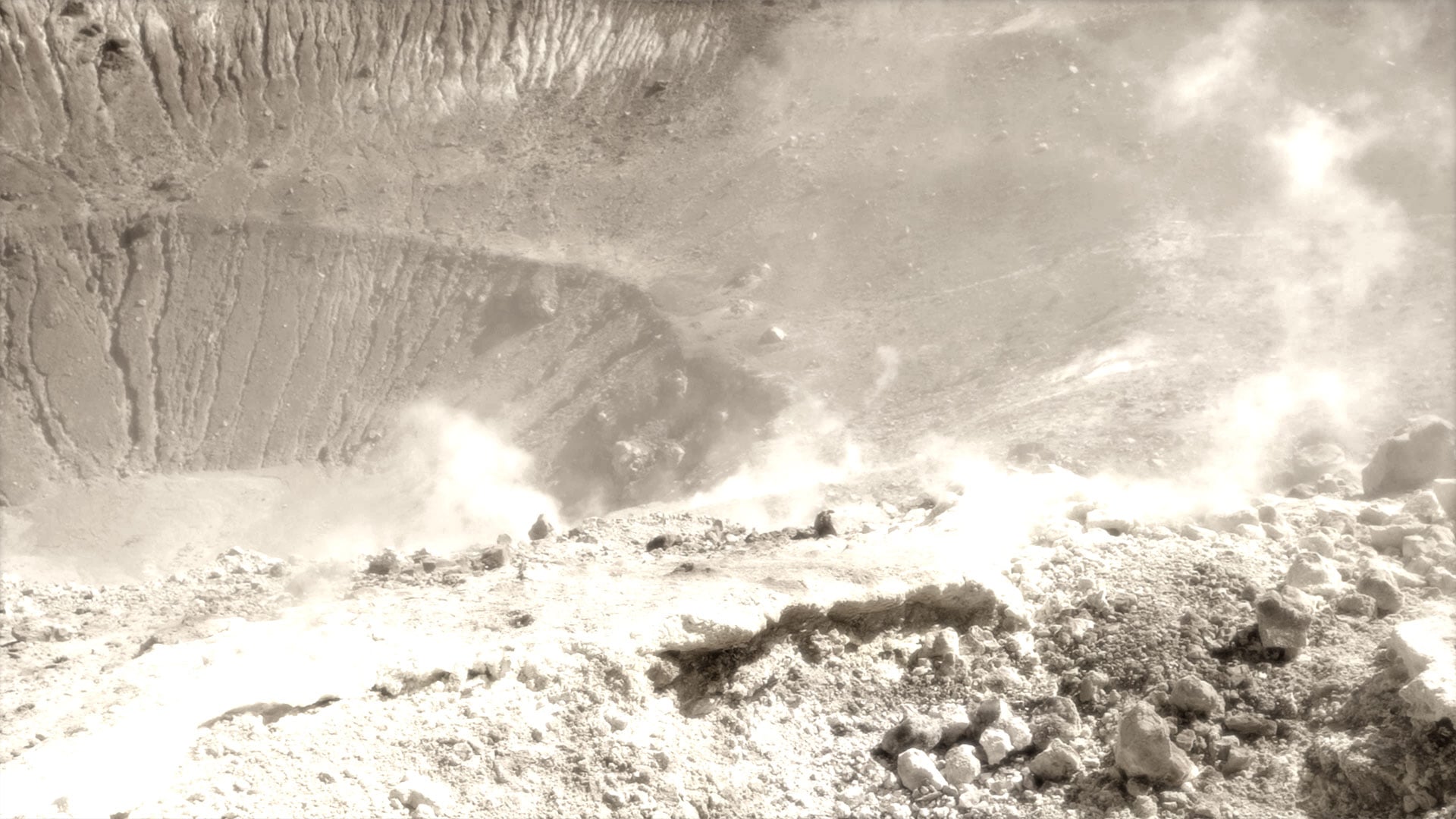
THE VOLCANOLOGISTS
If you want to study volcanoes and be a good
vulcanologist, you have to have many different
competences. Don't ever forget to be able to also
have a gas mask, a helmet and know how to walk
through the mountains.
In our opinion, the perfect vulcanologist should be:
GEOLOGIST
To know the
composition of
magma by
studying rocks.
GEOGRAPHER
To organise
life around
the volcano.
GEOPHYSICAL
To know and
understand how
the earth evolves.
GEOCHEMICAL
To study gases.
CLIMATOLOGIST
To learn about
the expansion of the
materials that expel
the volcano.
HISTORIAN
To know
the past.

Most famous volcanoes
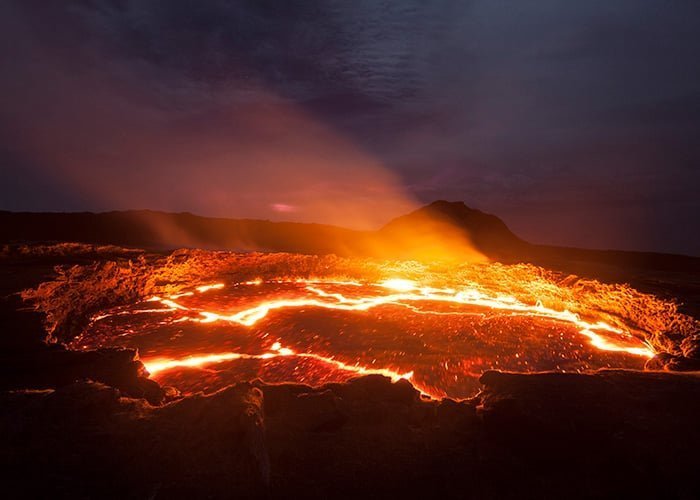
NYIRAGONGO
by its lake of lava
in permanent melting
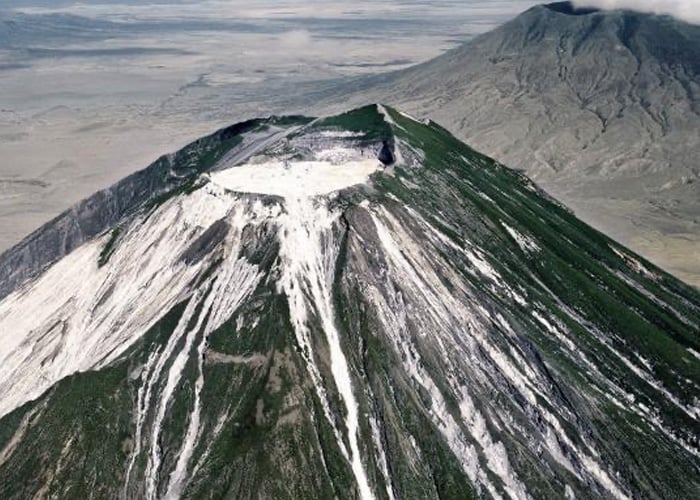
Ol doinyo Lengai
by its white lava
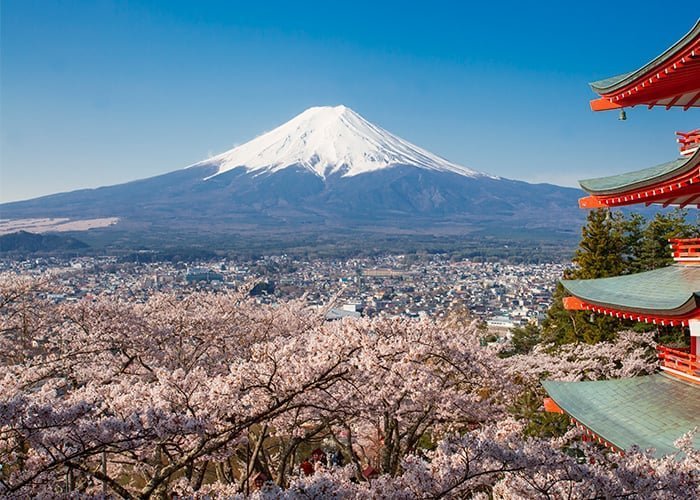
Monte Fuji
for its perfect shape.
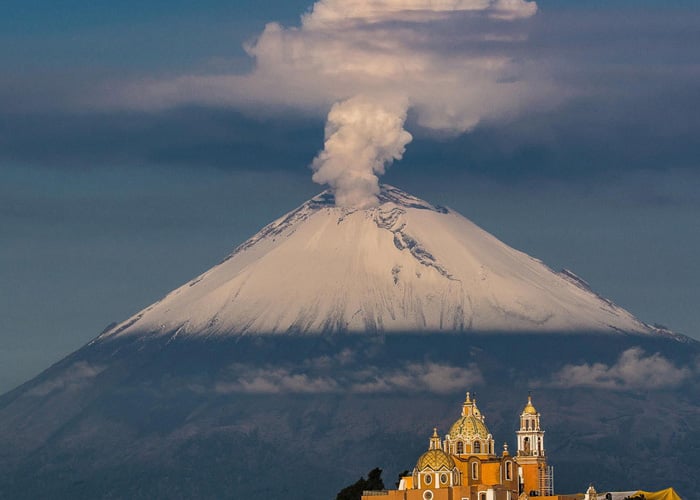
Popocatépetl
for their love story.
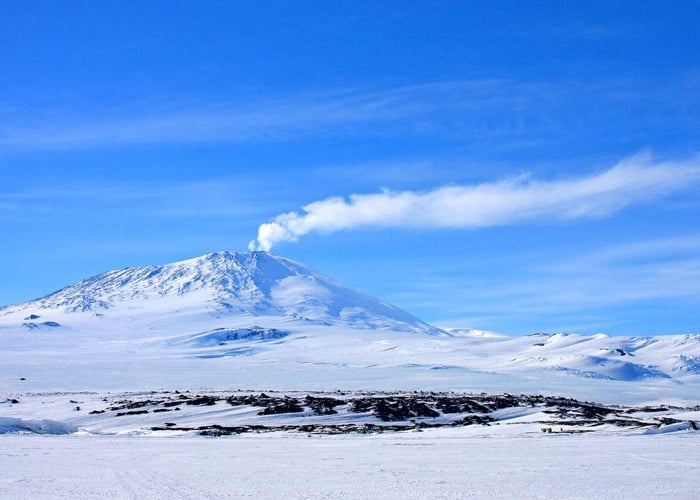
Erebus
for being the southernmost
in Antarctica
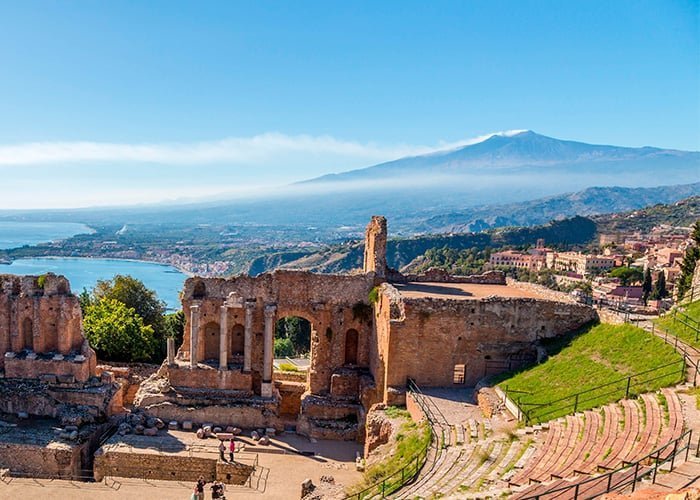
ETNA
BY ITS HISTORY
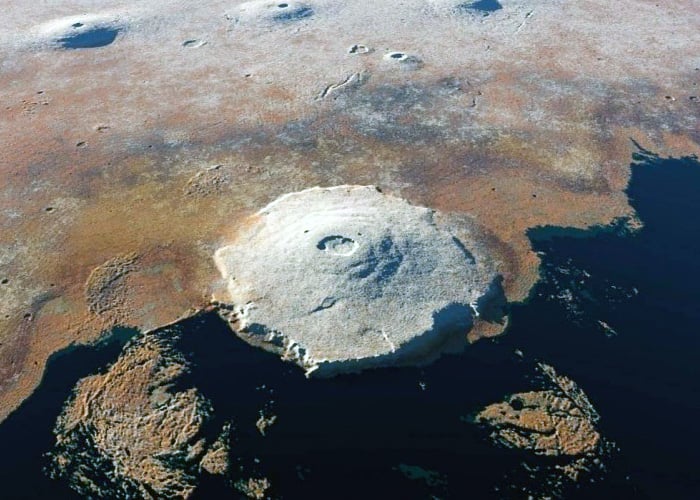
Monte Olimpo
largest volcano in
the solar system (Mars).
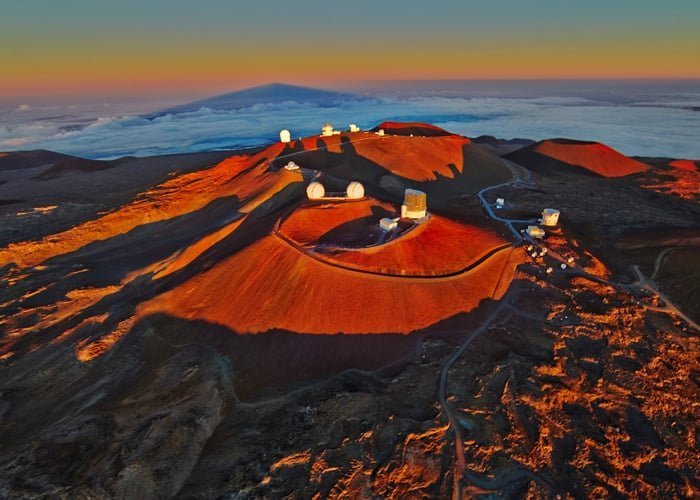
Mauna Kea
the largest in the world
4,205 m. plus 6,000 m. underwater
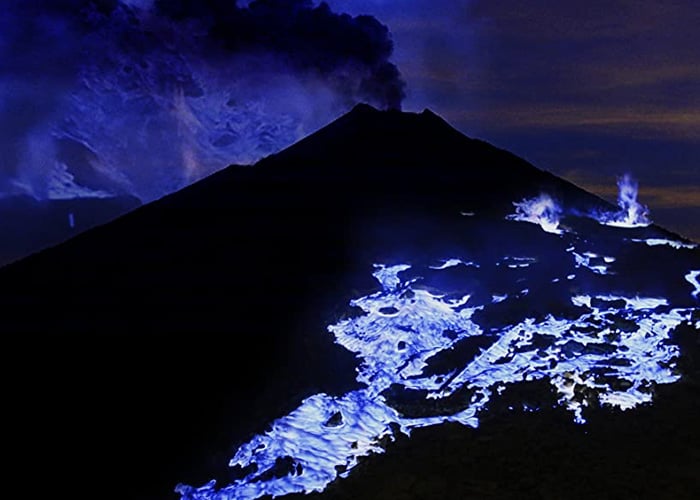
Kawah Ijen
in indonesia it looks blue
at night due to the
expulsion of sulfuric acid.
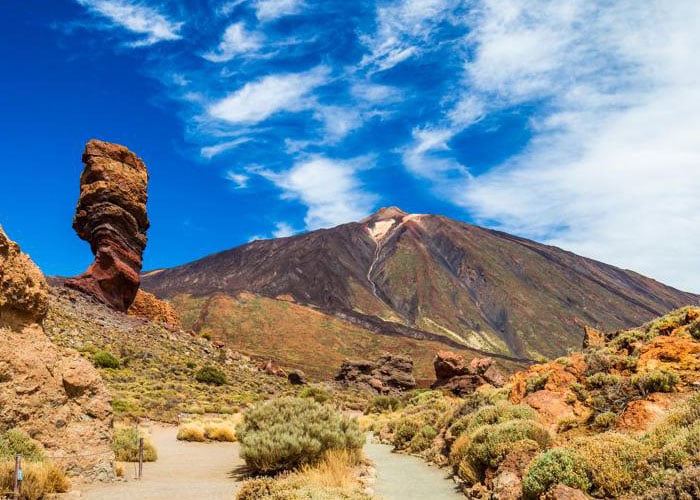
TEIDE
IS IN THE CANARY ISLANDS


